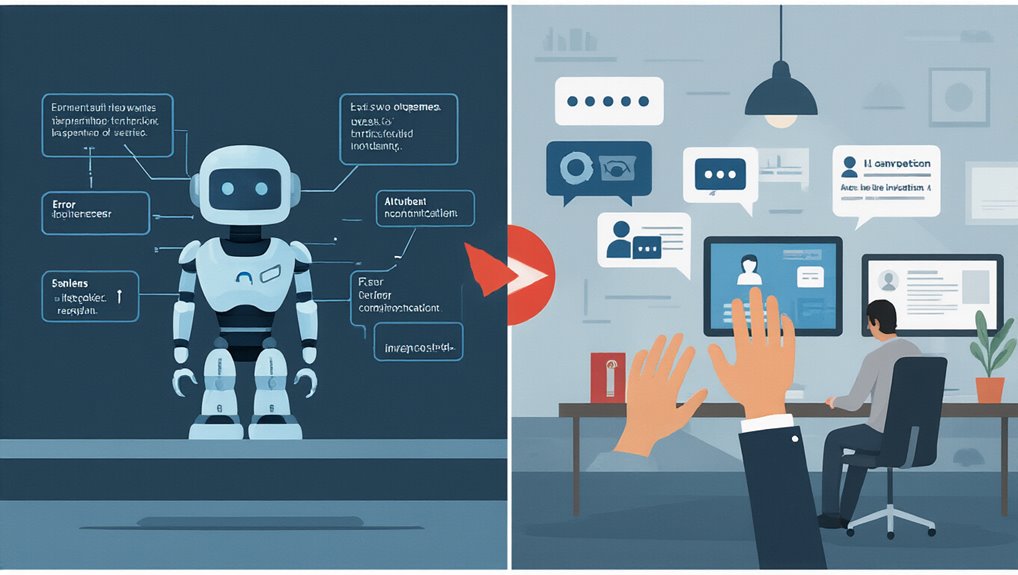While organizations increasingly adopt artificial intelligence technologies, those achieving sustainable competitive advantage have mastered AI ambidexterity—the ability to simultaneously exploit AI for operational efficiency and explore innovative AI applications. This balanced approach enables companies to optimize current operations while developing new AI-driven products and services, creating dual value streams that traditional single-focus strategies cannot match.
Strategic governance forms the foundation of effective AI ambidexterity. Organizations implementing robust frameworks like COBIT 2019 report significant improvements in risk management (60.7%) and security (69.2%). This governance maturity enables scalable innovation while maintaining accountability, particularly vital in telecommunications and smart city infrastructures.
Companies like IBM and Siemens demonstrate how embedding governance within AI strategies allows them to balance routine automation with breakthrough technology exploration. Implementing structured incident management processes across the organization ensures swift resolution of AI-related service disruptions and maintains operational continuity.
Operational ambidexterity manifests in market-leading companies that maintain dynamic responsiveness through parallel AI initiatives. Netflix exemplifies this approach by continuously refining content delivery algorithms while simultaneously experimenting with AI-generated content.
Similarly, Walmart leverages AI for both inventory management efficiency and innovative dynamic pricing mechanisms. These dual applications create reinforcing cycles of improvement and discovery.
The integration of exploration and exploitation represents the core challenge in digital transformation. Organizations must simultaneously automate existing business functions while generating entirely new digital offerings—a capability termed “digital ambidexterity.”
Effective digital transformation requires leaders to master both representative and generative digitization forms to achieve true competitive differentiation in the marketplace.
Many transformation initiatives fail precisely because they lack appropriate performance metrics that balance short-term efficiency gains with long-term innovation potential.
You can develop AI ambidexterity through:
- Cross-functional teams that bridge technical and business perspectives
- Flexible IT infrastructure supporting both standardized and experimental AI applications
- Continuous learning systems that capture insights from both routine and innovative AI deployments
Companies demonstrating AI ambidexterity show greater resilience during market volatility, providing investors confidence in both stability and growth potential. Smart city initiatives particularly benefit from this approach, with projects in West Sumbawa Regency expecting to improve governance maturity levels from 2-3 to 4-5.
This balanced approach ultimately creates sustainable competitive advantage through complementary capabilities that single-focused strategies cannot replicate.









